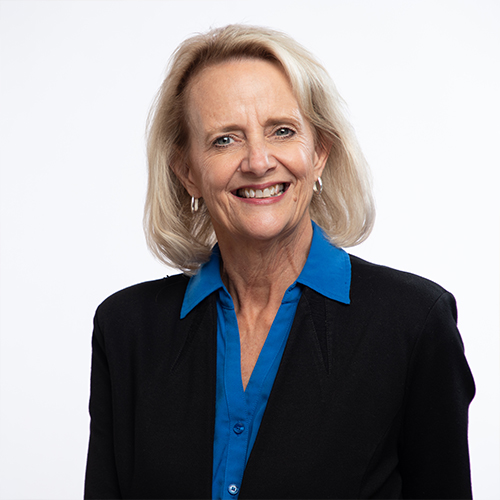In this series, the DBD Team will take a deeper look at some of the axioms we use when working with our clients. In today’s blog, Jan Brogdon reflects on our axiom: Boards Don’t Heal Themselves.
During the middle of the most recent economic downturn, I sat in a very challenging Finance Committee meeting. For nearly two hours, volunteers and several staff members tried to figure out how to do more with less. The board was facing very hard decisions that they knew impacted many individual lives: those needing services and the employees of the nonprofit who might lose their jobs.
As the meeting ended, the CFO quietly apologized to the Chair of the Committee for the painful discussion. The Chair’s reply?
“In my other board committee yesterday, I spent nearly this much time discussing where our agency would display the Christmas Tree this year. I hope you understand, this is why I volunteer. HERE I believe my best thinking, strategy suggestions and giving is truly making a difference.”
Nonprofit teams are sometimes disappointed by their board’s lack of production, intensity or effort and yet, as a sector, we often fail to offer them real, meaty challenges as volunteers.
The leaders who agree to serve as volunteers with your organization do so because they care about your cause or mission. They are concerned about the community in which they live and the issues facing those communities.
When evaluating your board and committees, keep in mind the DBD axiom that “Boards Don’t Heal Themselves.”
- Talk to key leaders who are not on your board (if you have access to them) about who they would recommend to join your board or committee. Who might be on a similar level of influence/affluence/interest in the issues that are important to your organization?
- Find time to meet with the key leaders and strategic thinkers you do have on your board and engage them to be part of the board improvement plan.
- Use their networks and the benefit of time during the summer to meet and educate these individuals on the real cause work you are challenged with and look for their guidance and suggestions as a first step of engagement.
- Focus on improving your meetings. If you haven’t, make a commitment to move to consent agendas that allow solid work to happen in committees and thoughtful discussion focused on the challenging work of your organization for your board meetings.
The most invigorating part of nonprofit work occurs when staff and volunteers join together to tackle a community issue and find ways to seek improvement and resolution. Just like you would address lack of energy or skills in your employees, work with your board to keep them motivated, focused and energized. They’ll thank you for it!
Want to go deeper on this topic? Here’s some additional reading:
Bruce Berglund’s 2014 Blog on Why Boards Can’t Heal Themselves

